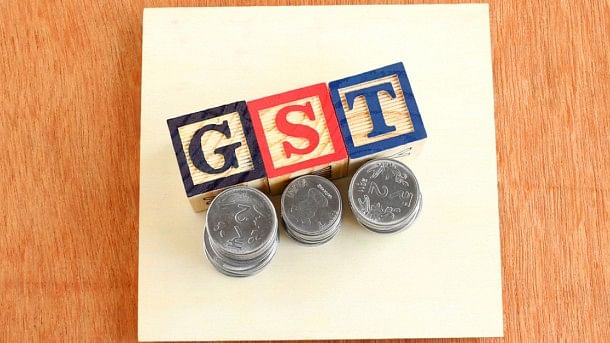
Representative image.
Credit: iStock Photo
Finance Minister Nirmala Sitharaman will be presenting the Interim Budget on February 1, 2024, which will detail the Central government's earnings and expenditures in the ongoing fiscal year.
Ever since a single uniform tax structure was introduced in the country, the composition of the tax component of the Budget has changed, with the Goods and Services Tax (GST) structure aimed at dismantling the fiscal barriers among states.
The GST was introduced in 2017, replacing India's indirect tax structure. It was imposed on July 1, 2017, when the Indian government implemented The Constitution (101st) Amendment Act.
The duty rates, rules and regulations pertaining to GST are governed by the GST Council, which consists of the Union Finance Minister and finance ministers of all the state governments.
India has been trying to rework its indirect tax regime since the 1980s. When the Atal Bihari Vajpayee-led NDA government came to power in 1999, he formed a committee under the leadership of then-West Bengal Finance Minister Asim Dasgupta, which was tasked to come up with a model for the GST.
In this context, here we take a look at India's annual average monthly GST collections since the new tax system was introduced:
The aim of this taxation system is to curb the cascading effect of other indirect taxes. It is applicable throughout India. India imposes GST on the supply of specific products and services. It was implemented to replace a variety of indirect taxes, including service tax, excise duty, VAT, purchase tax, etc.
(With DH Web Desk inputs)